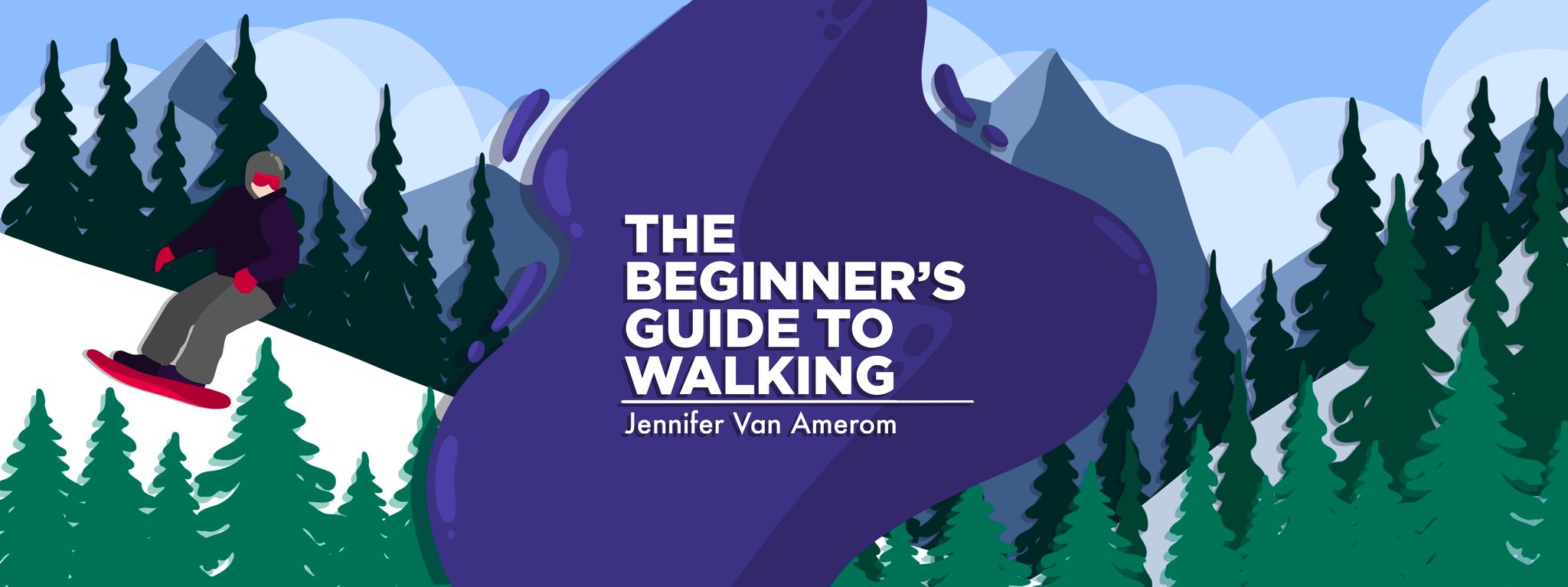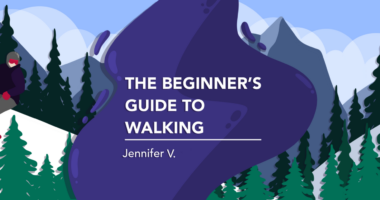Sleeping sitting up, and other silly things I do because of NMOSD
What's odd for some might be coping mechanisms for me, given my rare disease

Neuromyelitis optica spectrum disorder (NMOSD), my rare autoimmune disorder, forever throws new symptoms at me when I least expect them. To combat these surprises, I’ve had to create several unconventional coping mechanisms, many of them funny, awkward, or downright silly, especially to others who might witness them.
Following are some of the habits I’ve developed due to NMOSD.
I might sleep sitting up. It alleviates the pressure on my eyes, which can result from optic neuritis pain. Sometimes I only chew on one side of my mouth, making me look like Batman’s adversary Two-Face. Jaw pain can also be a result of eye pain or pressure. I often sport dark sunglasses. Sure, they make me look mysterious, but they also hide my eyes. I’ll also close my eyes and count to 10 in social settings, which can give me anxiety.
There are times when I’ll work through the night then sleep through the next day because daytime fatigue has wrecked my sleeping pattern. I’m not sure how I manage to stay up all night, but I’ve mastered the “send later” feature on Microsoft Outlook so colleagues won’t question my interesting hours.
I won’t let people touch me, even for a hug, because my body’s usually on fire somewhere. If I allow a hug, I usually have a twisted face in anticipation of the pain — again, probably similar to Two-Face.
I struggle with a lot of weakness and pain in my extremities. Therefore, I do silly things like taking short bathroom breaks. Toilet seats put concentrated pressure on the nerves in my thighs, and that can cause leg tremors or severe and sudden back pain. I’m sure people question why I go to the bathroom so frequently. I’ll also drink my coffee holding my mug with two hands like I’m savoring the beverage in a coffee commercial. I’m really clutching it because both hands are weak with joint pain.
My family is used to me pacing the room often, even at night when I can’t sleep. No, I’m not playing with Magnus, my dog and shadow who likes to pace right behind me. Instead, I’m just trying to shake off the pins and needles in my extremities. It can also seem like I’m faking a limp when, in reality, my legs have temporarily gone numb. This is a side effect from my transverse myelitis attacks that changes my gait.
There are other weird coping mechanisms I’ve developed over the last decade. I’ll suddenly become a picky eater, painstakingly taking out nightshade vegetables I know will flare up my symptoms. Sometimes I’ll order a meal and then decide I don’t want it because a wave of nausea has hit me. I’ll wipe down a countertop that was just cleaned because germs might lead to infections, which might lead to a hospitalization. And I’ve been known to say nonsensical phrases like, “I’m not crying, you’re crying!” in a steroid-induced fit of rage.
To others, our behaviors and actions might seem questionable, but to other NMOSD patients, these habits might be considered some pro tips.
Please share some of your coping mechanisms in the comments below.
Note: Neuromyelitis News is strictly a news and information website about the disease. It does not provide medical advice, diagnosis, or treatment. This content is not intended to be a substitute for professional medical advice, diagnosis, or treatment. Always seek the advice of your physician or other qualified health providers with any questions you may have regarding a medical condition. Never disregard professional medical advice or delay in seeking it because of something you have read on this website. The opinions expressed in this column are not those of Neuromyelitis News or its parent company, Bionews, and are intended to spark discussion about issues pertaining to neuromyelitis optica spectrum disorder (NMOSD).







Leave a comment
Fill in the required fields to post. Your email address will not be published.